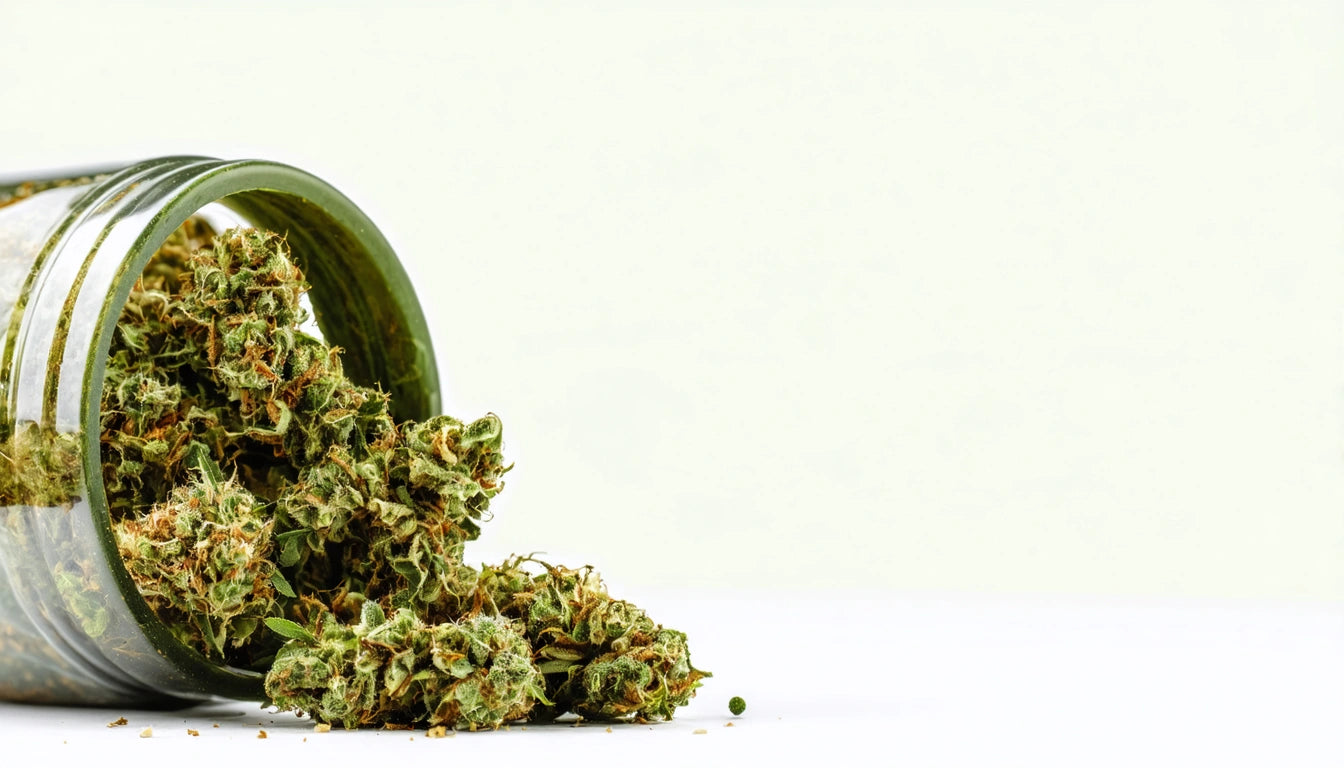Table of Contents
How State Packaging Laws Differ for Delta-9 THC
Delta-9 THC packaging regulations vary significantly across state lines, creating a complex compliance landscape for manufacturers and retailers. These differences impact everything from container materials to warning label requirements, with potentially serious consequences for non-compliance. Understanding these variations is essential for brands operating in multiple markets.
Federal vs. State Regulations: The Compliance Landscape
While federal law maintains Delta-9 THC as a Schedule I controlled substance, individual states have established their own regulatory frameworks for legal cannabis markets. This creates a patchwork of requirements that brands must navigate carefully. The distinction between medical and recreational markets further complicates compliance, as many states maintain separate packaging standards for each channel.
According to state-by-state packaging rules, recreational markets typically impose stricter requirements than medical-only states. For example, California, Colorado, and Washington have comprehensive packaging regulations that address everything from tamper-evidence to opaque containers, while medical-only states may focus primarily on child resistance and basic warning labels.
Child-Resistant Requirements Across State Lines
Child-resistant packaging is universally required for Delta-9 THC products, but the specific standards vary by state:
- California requires packaging to be certified to the ASTM D3475 standard and maintain child-resistance throughout the product's use
- Colorado mandates special push-and-turn mechanisms for liquid products
- Florida requires specific testing documentation be maintained by manufacturers
- Illinois has unique standards for different product categories
These variations mean that specialized child-resistant closures and lids are essential components in compliant packaging systems, particularly for products like flower and concentrates stored in jars. The specific certification requirements can differ significantly between jurisdictions.
Labeling Standards and Warning Requirements
Warning label requirements show some of the most significant state-by-state variations. As outlined in this compliance breakdown, states differ in their required language, symbol usage, and placement specifications:
Massachusetts requires specific language about impairment and operation of machinery, while Oregon focuses on pregnancy warnings. California mandates the universal cannabis symbol be at least 0.5 inches by 0.5 inches and prominently displayed on the front of packaging.
Font size requirements also vary considerably. Some states specify minimum point sizes for warnings (typically 6-10 points), while others use more general











Leave a comment
All comments are moderated before being published.
This site is protected by hCaptcha and the hCaptcha Privacy Policy and Terms of Service apply.